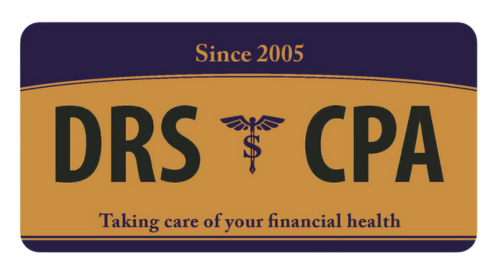
Protect your assets! Don't pierce the corporate veil! Don't commingle!
When business owners consider asset protection, they often envision elaborate structures—setting up LLCs in favorable jurisdictions, establishing domestic asset protection trusts, or crafting complex estate plans. While these strategies offer powerful safeguards, one simple yet critical step is commonly overlooked: don’t commingle your assets.
What Is Commingling—and Why Is It Dangerous?
Commingling refers to mixing personal and business finances or blurring the financial boundaries between multiple businesses you own. Some typical examples include:
- Using business funds to pay personal expenses
- Charging multiple businesses to a single credit card
- Transferring deposits or funds between entities without proper documentation
Though such practices may seem convenient at the time, they jeopardize your liability protection. Courts may “pierce the corporate veil” if they find your business structure was not truly separate, exposing your personal or other business assets in disputes such as litigation, audits, divorce, or bankruptcy.
The High Cost of Commingling
The risks are significant:
- Litigation: A lawsuit against your business can extend to your personal assets if financial separation is lacking.
- Divorce: Inability to clearly distinguish personal and business assets may hinder efforts to protect what’s separate property.
- Bankruptcy: Trustees may consolidate business and personal holdings, increasing exposure.
- Tax Consequences: Sloppy or mixed financial records may prompt IRS reclassification of income or denial of deductions.
A Simple Remedy with Big Impact
Avoiding commingling doesn’t require a lawyer. With the right tax, consulting, or accounting partner, you can:
- Establish separate bank and credit systems for each business
- Identify and rectify existing commingling mistakes
- Use structured accounting systems to maintain clear boundaries
- Properly document any intercompany transactions
Even if commingling has already occurred, it’s not too late to address the issue and minimize ongoing risk.
Strengthening Legal Protections Beyond Separation
While keeping finances separate is a foundational step, a comprehensive asset protection strategy often includes legal tools such as:
- Structuring LLCs, corporations, or holding entities appropriately
- Drafting operating agreements that bolster internal protections and limit liability
- Establishing asset protection trusts to safeguard personal and family wealth
- Creating buy-sell agreements and partnership contracts to defend interests during disputes or transitions
Why This Matters to You
This article underscores how one of the simplest asset protection steps—maintaining clear separation of finances—can deliver significant legal and financial benefits. It’s a low-cost, high-impact starting point, especially for small- to mid-sized business owners. At the same time, it reminds us that robust long-term protection often involves coordinated legal documents and planning.
I hope this helps!
